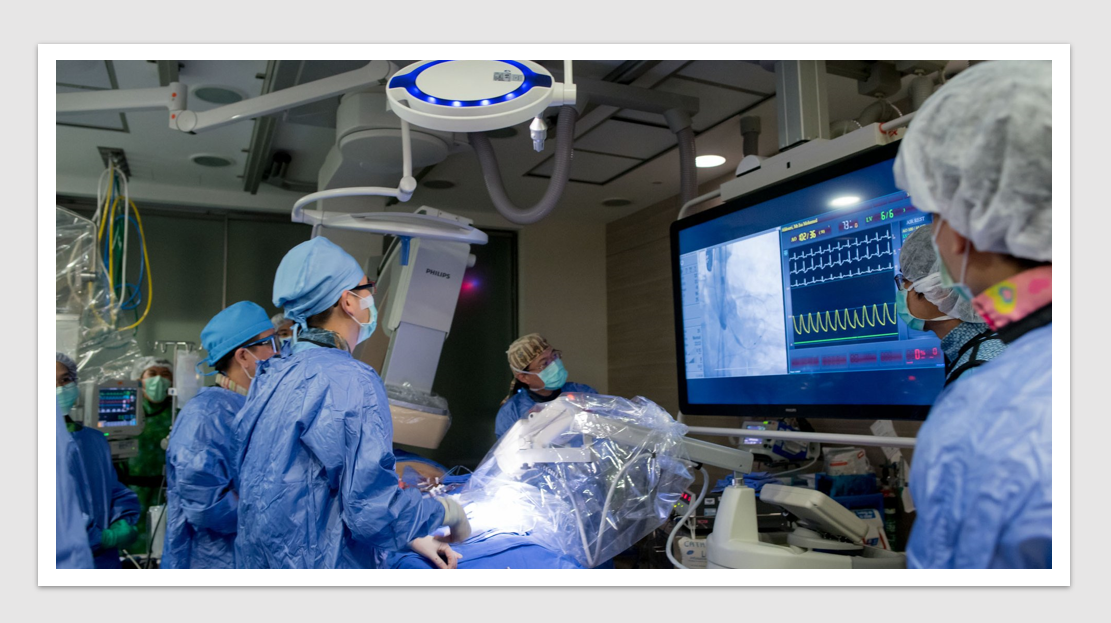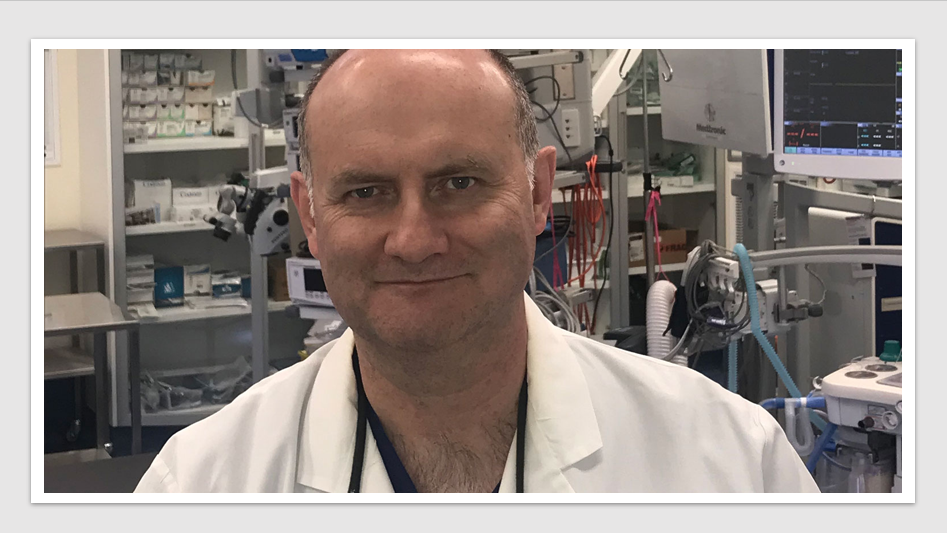News & Trends - MedTech & Diagnostics
Medtronic and Edwards secure expanded access to TAVI for patients with intermediate risk

MedTech News: From 1 March 2022, a new MBS item will be introduced for transcatheter aortic valve implantation (TAVI) for patients with symptomatic severe aortic stenosis (AS) at intermediate risk for open surgical aortic replacement. This change expands the pool of severe AS patients eligible for TAVI from the existing high risk group to include those at intermediate risk.
Aortic stenosis is often caused by a build-up of calcium on the valve leaflets, causing them to become stiff and reducing their ability to open and close efficiently. AS is associated with high pressure inside the left ventricle and as a result of the excessive workload, the muscle of the left ventricle hypertrophies. This results in inefficient pumping of blood throughout the body. Left untreated, congestive heart failure develops and death is likely.
Transcatheter aortic-valve replacement (TAVR) is an alternative procedure, using TAVI, to surgical aortic-valve replacement (SAVR) in patients with symptomatic aortic stenosis.
The Medicare reimbursement applies to Medtronic Australasia’s Evolut and Edwards Lifesciences (Sapien 3).
You may also like: First urologist implants novel device in relieving incontinence from prostate surgery
The clinical pathway is similar after TAVI as it is for SAVR however survival at 1 year is higher for TAVI (92.6% vs 87%). Major stroke is also lower for TAVI (2.3% vs 5.9%) but pacemaker implantation is slightly higher (12.4% vs 9.4%). It should be noted that SAVR, as on open chest procedure will involve a longer hospital stay and recovery time, compared to TAVI.
The more recently published 5-year outcomes of TAVR vs SAVR in patients with intermediate surgical risk showed no significant difference in the incidence of death or disabling stroke at 5 years (47.9% versus 43.4%; HR 1.09).
A key subgroup analysis showed that the outcomes of TAVR through transthoracic access, but not through transfemoral access, were inferior to those of open-heart surgery. The incidence of death or disabling stroke was higher after TAVR than after surgery in the transthoracic-access cohort (59.3% vs. 48.3%). Additionally, more patients in the TAVR group than in the surgery group had at least mild paravalvular aortic regurgitation* (33.3% vs. 6.3%). Repeat hospitalisations were more frequent after TAVR than after surgery (33.3% vs. 25.2%), as were aortic-valve reinterventions (3.2% vs. 0.8%).
Medtronic and Edwards Lifesciences have also been pursuing TAVI reimbursement for patients with symptomatic severe AS at low risk. Prof. Stephen Worthley, Interventional Cardiologist, GenesisCare, spoke with Health Industry Hub about the state of play of TAVI technology, how it has revolutionised the management of aortic valve disease and the urgency of funding TAVI in the low surgical risk patient population subsequent to the positive Medical Services Advisory Committee (MSAC) recommendations in 2021.
*The currently used Sapien 3 valve, which incorporates an external sealing skirt and is implanted with the use of CT sizing, is associated with markedly lower incidences of postprocedural and 1-year moderate or severe paravalvular aortic regurgitation than were seen with previous-generation medical devices.
News & Trends - MedTech & Diagnostics

Roche Diagnostics MD bids farewell after two-decades, leading the organisation to new heights of success
Diagnostics & MedTech News: The Managing Director of Roche Diagnostics Australia, Allison Rossiter, has announced her resignation, effective September 2024. […]
MoreNews & Trends - Pharmaceuticals

Is Australia ready to play a leading role in precision nuclear medicines?
Pharma News: A newly released discussion paper unveils Australia’s preparedness to take the helm in the rise of the global […]
MoreNews & Trends - MedTech & Diagnostics

Minimally invasive procedure a first in epilepsy treatment
MedTech & Diagnostics News: A new MRI guided and minimally invasive surgery has marked an Australian-first procedure for the treatment […]
MoreNews & Trends - Pharmaceuticals

Stakeholders unite in international call to tackle breast cancer gaps and inequities
Pharma News: Breast Cancer Network Australia (BCNA) has united in an international call to raise breast cancer care standards and […]
More